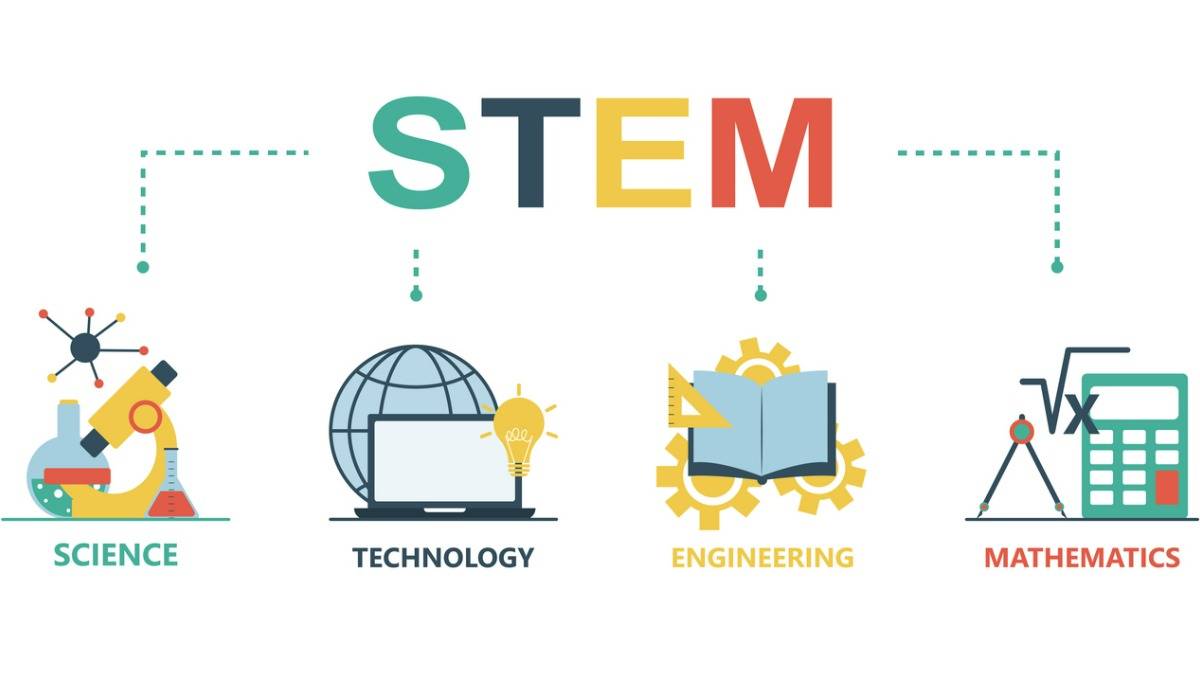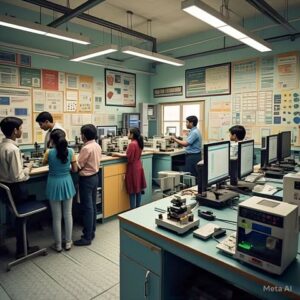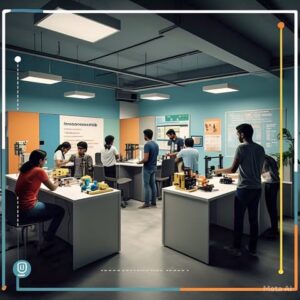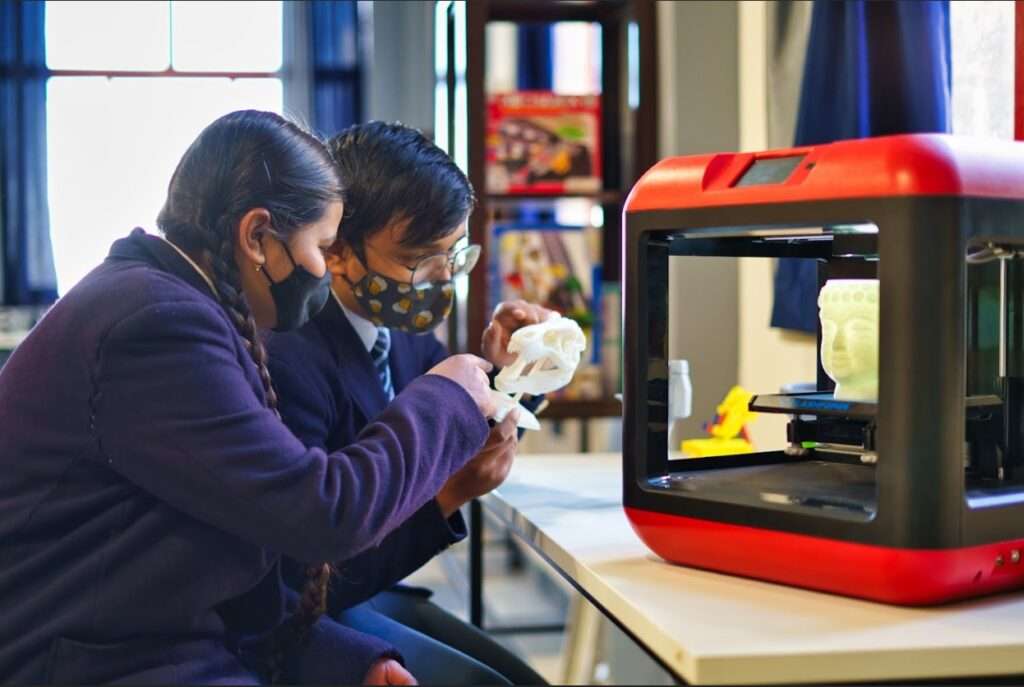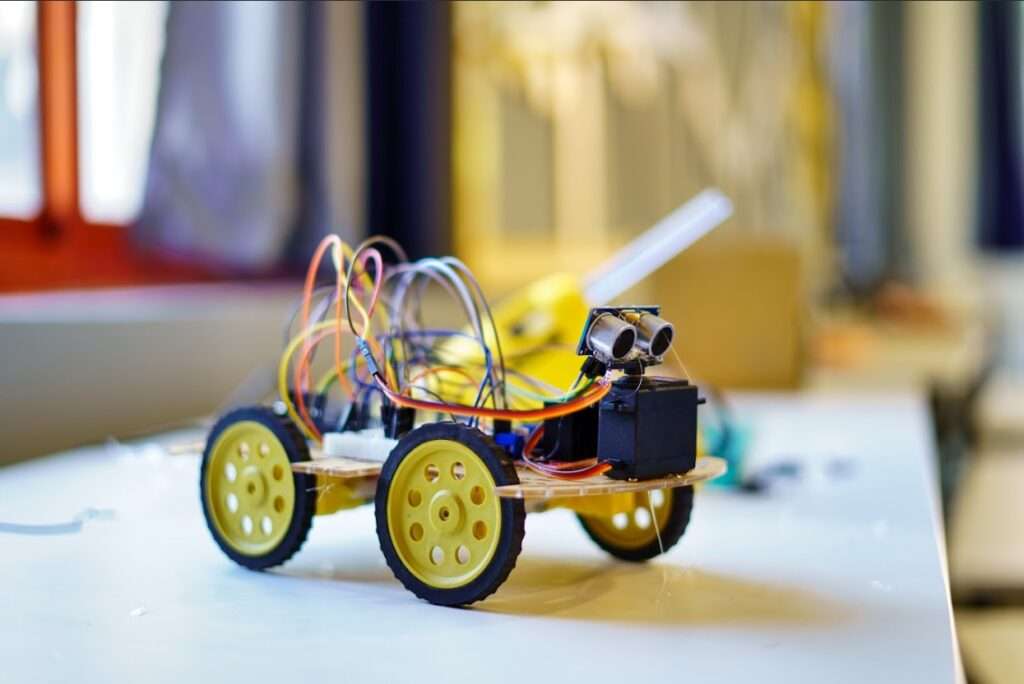Imagine a classroom where students no longer passively receive information but actively engage with it, collaborating with peers from around the world. Meet Sarah, a high school student who loves science and technology. However, traditional textbooks and lectures failed to ignite her passion for learning. Everything changed when her school integrated digital tools into the curriculum. Through virtual labs, interactive simulations, and online communities, Sarah’s engagement skyrocketed, making her more curious and involved than ever before. Sarah’s story isn’t unique; it’s a glimpse into the future of education, where STEM education adapts to digital engagement trends.
The Rise of Digital Architecture in STEM Education
Digital architecture, the design and structure of digital learning environments is revolutionizing STEM education. Schools and educators are leveraging online platforms, virtual labs, and AI-driven tools to create immersive learning experiences. According to a 2023 report by the World Economic Forum, 65% of children entering primary school today will work in jobs that don’t yet exist, emphasizing the need for adaptable and future-oriented education. Digital tools not only make learning more engaging but also prepare students for a rapidly evolving job market.
A New Frontier for Engagement and Knowledge-Sharing: The Role of Social Media
Social media platforms are not just for sharing selfies and memes; they are powerful tools for knowledge-sharing and engagement. Platforms like YouTube, Twitter, and Instagram are being used to disseminate educational content, host live Q&A sessions and create communities around STEM topics. A 2022 study by the Pew Research Center found that 72% of teenagers use social media for educational purposes. By integrating social media into STEM education, educators can meet students where they are, making learning more accessible and relatable.
Building Credibility in the Digital Age
In an era where information is abundant, credibility becomes crucial. Educators and institutions must ensure that the content they share is accurate, reliable, and up to date. These builds trust with students and foster a more effective learning environment. According to a 2021 study by Stanford University, students who engage with credible sources online are more likely to develop critical thinking skills. Therefore, STEM educators must emphasize the importance of source credibility and teach students how to critically evaluate information.
Addressing Cognitive Needs Through Personalized Learning
Digital tools allow for personalized learning experiences that cater to individual cognitive needs. AI-driven platforms can analyze a student’s learning style, strengths, and weaknesses, providing tailored content that enhances understanding. A 2023 report by the Brookings Institution highlighted that personalized learning could improve student outcomes by 30%. Customizing each student’s individual learning path allows STEM education to be more effective and accessible.
Fostering Critical Analysis with Digital Tools
Critical analysis is a cornerstone of STEM education. Digital tools like simulation software, data analysis platforms, and coding environments provide students with opportunities to apply theoretical knowledge in practical settings. This practical approach not only strengthens understanding but also promotes critical thinking. A 2022 survey by the National Science Foundation found that students who used digital tools in their STEM education were 40% more likely to excel in problem-solving tasks.
The Role of Publishing Content in Enhancing Learning
Publishing content online, whether through blogs, videos, or social media posts, empowers students to take ownership of their learning. By creating and sharing content, students can reinforce their knowledge, engage in peer-to-peer learning, and build a portfolio that showcases their skills. According to a 2023 study by the Education Endowment Foundation, students who actively engage in publishing content demonstrate a 25% increase in retention and understanding of STEM concepts.
Are you ready to embrace the future of STEM education?
Join the digital revolution and discover innovative ways to engage students in learning. Enroll now to explore how digital tools can transform your classroom and inspire the next generation of innovators.

